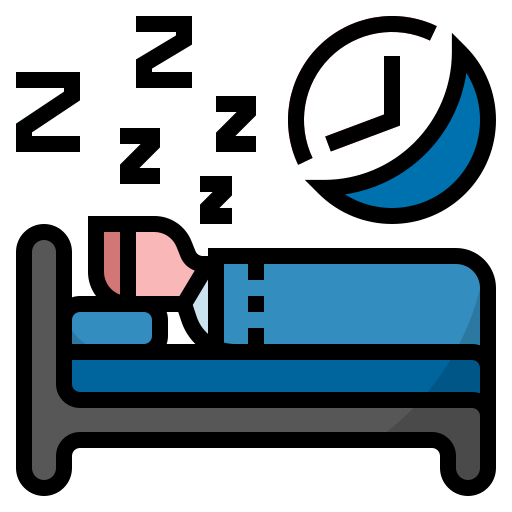Circadian rhythms are controlled by a set of transcription factors, which interact to regulate circadian rhythm.
Circadian rhythm is generated by the suprachiasmatic nucleus (SCN) of the mammalian brain and is entrained or regulated by the light-dark cycle. Circadian rhythm is driven by the interaction between environmental (light-dark cycle) and internal (clock genes) signals. The circadian rhythms are altered in many behavioral and physiological human disorders such as metabolic syndrome, obesity, diabetes, sleep disorders and cancer.

Circadian rhythm is an internal time-keeping mechanism that controls the biological activity of organisms to maintain a healthy physiology. Circadian rhythm is controlled by many factors, which include light, food, and sleep. Light serves as a carrier that entrains the circadian clock and regulates biological activity according to the light-dark cycle. The light-dark cycle is a well-known and robust zeitgeber of circadian rhythm. Light information from the environment is transferred to the central nervous system (CNS) through the retinohypothalamic tract (RHT).
💪🏿 💚
The RHT receives information from the retina and provides indirect input to the SCN through the suprachiasmatic nucleus (SCN) and the optic tectum. SCN receives and transduces light information to the 24-h cycle of the CNS through the retinohypothalamic tract (RHT) and the optic nerve. The SCN plays a key role in the regulation of circadian rhythm. In mammals, the SCN consists of two main parts: the dorsal SCN (dSCN) and the ventral SCN (vSCN). The dSCN consists of large anatomically distinct nuclei and the vSCN consists of smaller nuclei.